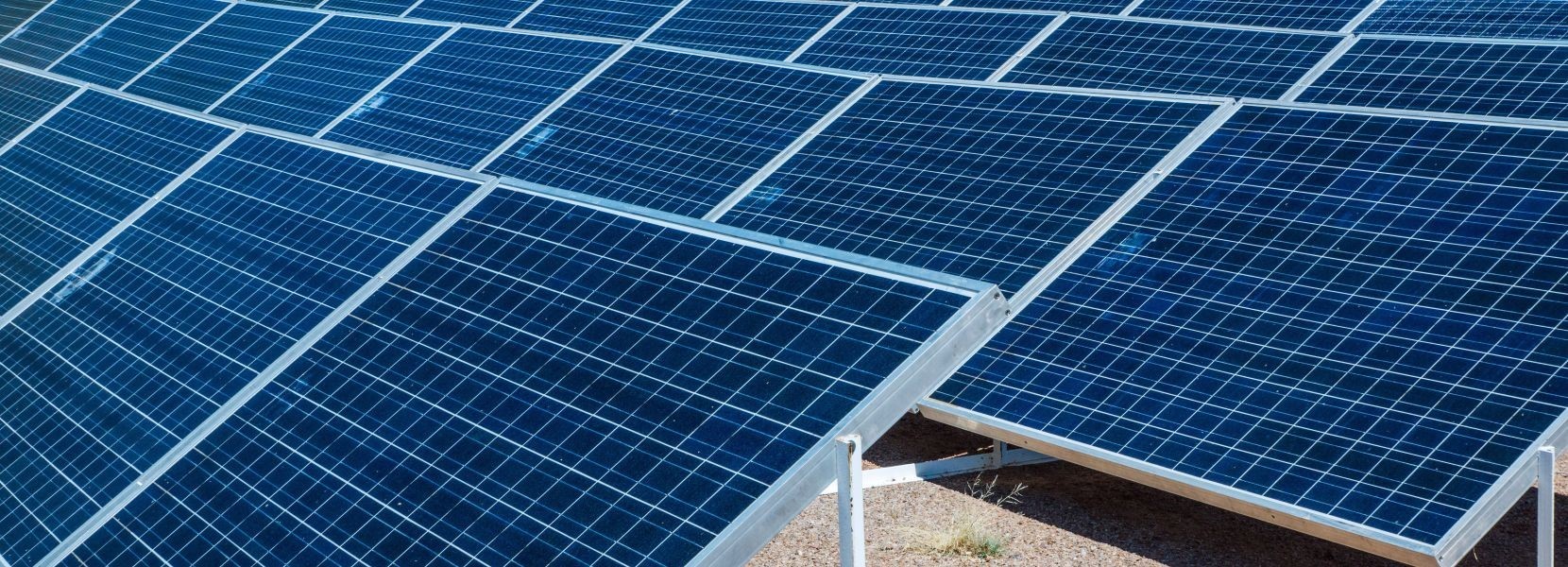
How do solar panels actually work?
See why you should use them in your home
 Solar energy has become a viable alternative to conventional power sources during the last few decades. First of all, the technology is much less expensive these days; price per watt went from $76 back in 1997 to only $0.3 today. Then, cell efficiency has been significantly increased; this means that we can get the same amount of electrical power by making use of fewer cells, and thus reduce solar energy costs even more.
Solar energy has become a viable alternative to conventional power sources during the last few decades. First of all, the technology is much less expensive these days; price per watt went from $76 back in 1997 to only $0.3 today. Then, cell efficiency has been significantly increased; this means that we can get the same amount of electrical power by making use of fewer cells, and thus reduce solar energy costs even more.
But how these solar panels work in the first place? Let's find out!
Each panel consists of an array of photovoltaic cells which generate direct current when they are exposed to solar light. Actually, these cells can generate energy even when they are lit by other light sources, but the truth is that the power that's produced under these circumstances is negligible. To give you an idea, a photovoltaic cell is able to produce up to 500 mA when it is lit by the sun, and less than 10 mA when it is lit by a regular lamp.
A solar cell is made from a silicon wafer and will often produce about 0.5V DC when it is exposed to bright sunlight. As the light is absorbed by the cell, charge carriers (moving particles that carry an electric charge) are separated, leading to a potential difference. Basically, electrons in the silicon start to move, producing electricity. The anti-reflective coating that's applied over the panels increases sunlight absorption even more, thus boosting the cells' efficiency.
A potential of only 0.5V wouldn't be of too much use, though, so manufacturers will often connect several cells in series, until the generated potential reaches 12-24V, and then group the resulting circuits in parallel, with the goal of getting a higher current. Actually, the diagram is a bit more complex, because the less illuminated panel sections could reduce power output, putting a strain on the cells that receive more light. The bottom line is that standard solar panels will often output 12V DC and hundreds of amps.
Since our homes utilize alternating current, the produced DC needs to be transformed into AC by making use of a solar inverter. An inverter uses a high-power sinusoidal generator which outputs its 60 Hz signal to a transformer. Since most photovoltaic cell arrays generate 12V DC, the transformer must increase the voltage from 12V to 120V AC. Of course, the transformer increases the voltage by lowering the intensity, which will decrease 10...12 times, depending on the transformer's efficiency.
Always choose an inverter that's got an efficiency rating of at least 95%; otherwise, you will waste a lot of precious energy. Then, ensure that the inverter you plan to purchase has a big surge capacity, being able to withstand short term overloads without getting damaged.
Pure sine wave inverters are the best, because they provide the purest (hence the name) form of energy for your appliances. Some people prefer to use modified sine wave inverters, though, because they are cheaper. Still, I can't recommend these inverters, because you risk damaging your electronics in the long run.
Grid-tied inverters convert solar power into AC, and then push it to the grid, earning you energy credits. They are the ideal solution for people who have the means to produce solar energy, but want to power their homes from the grid. If you want to use an off-grid inverter for your solar installation, you will need to hook it to a rechargeable battery, which can provide the needed power even when the sun isn't visible anymore.
Solar power is finally a viable energy source; more and more people are interested in using this abundant, sustainable and environment friendly source of power.